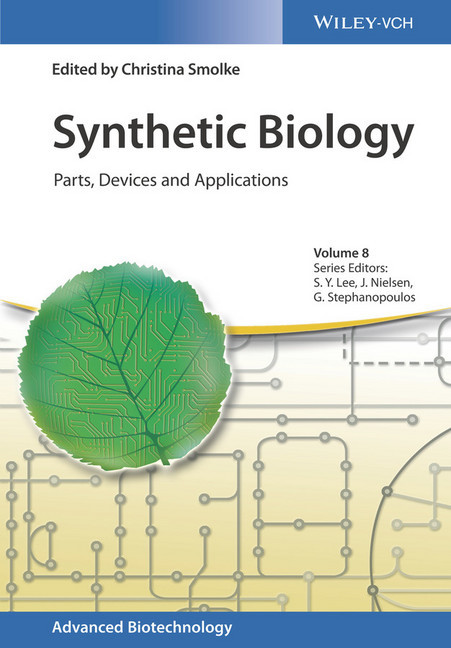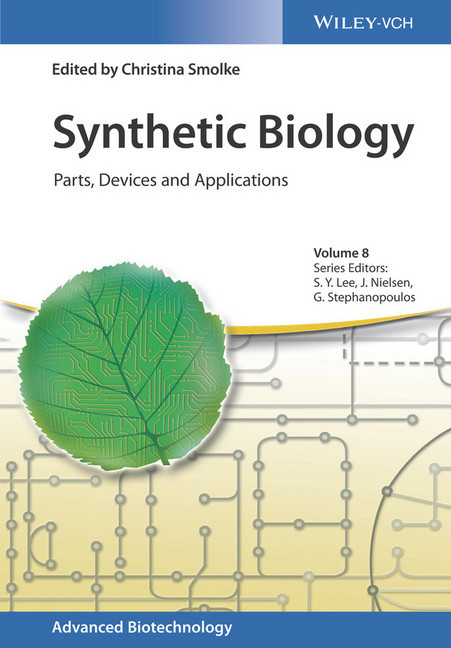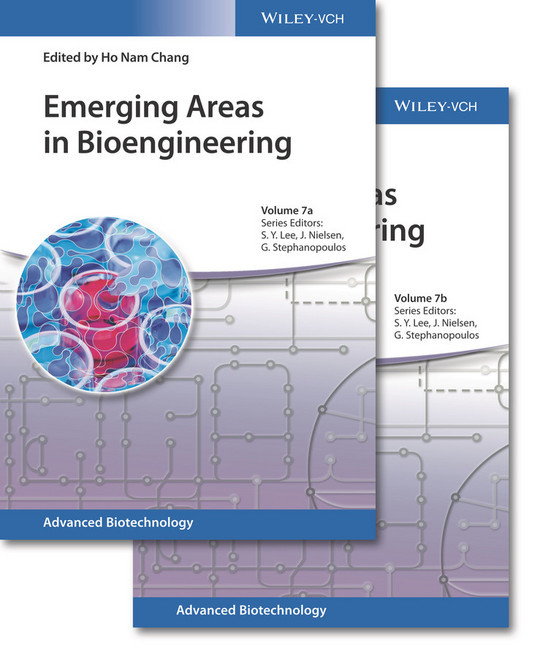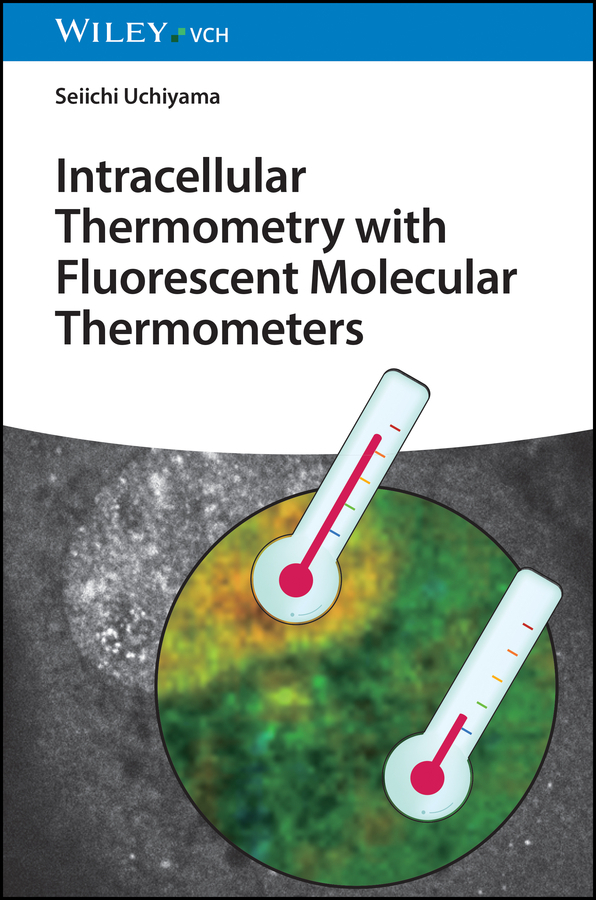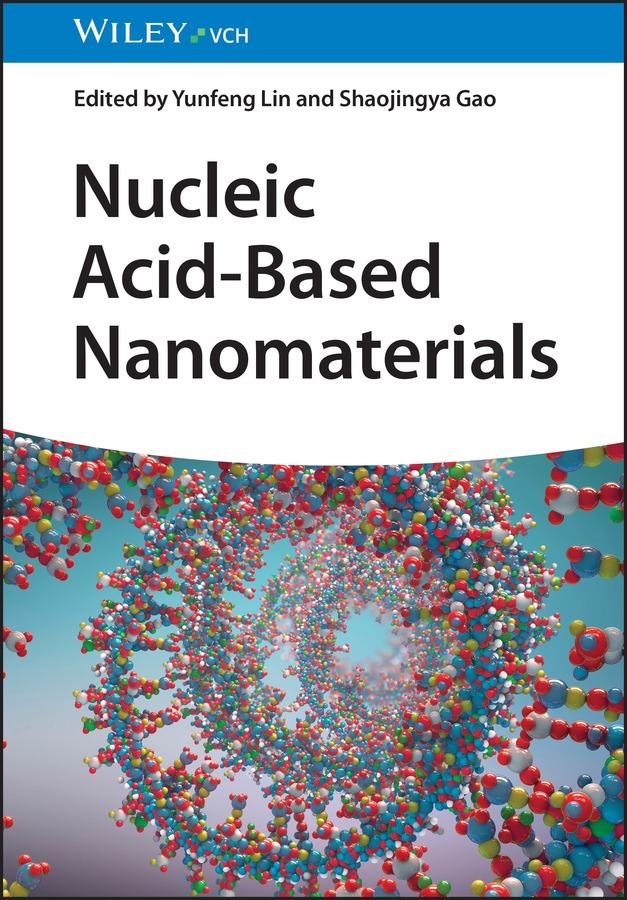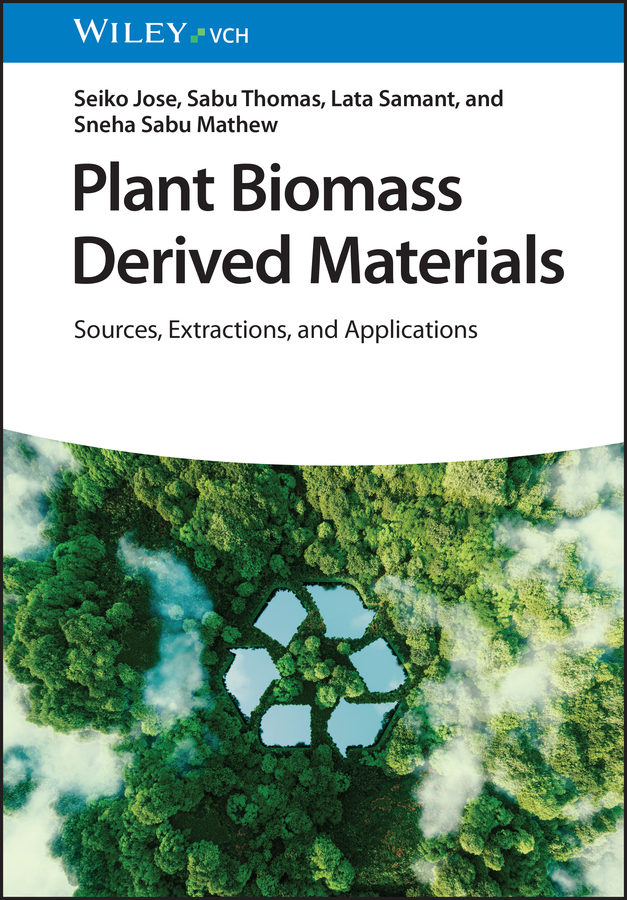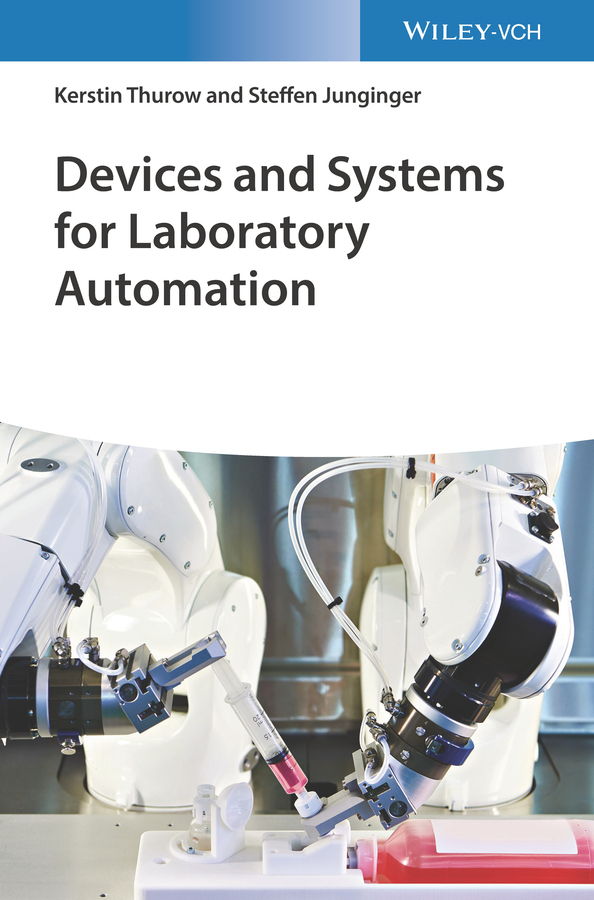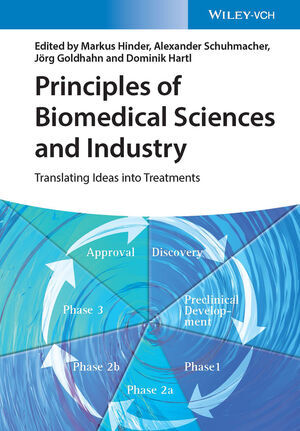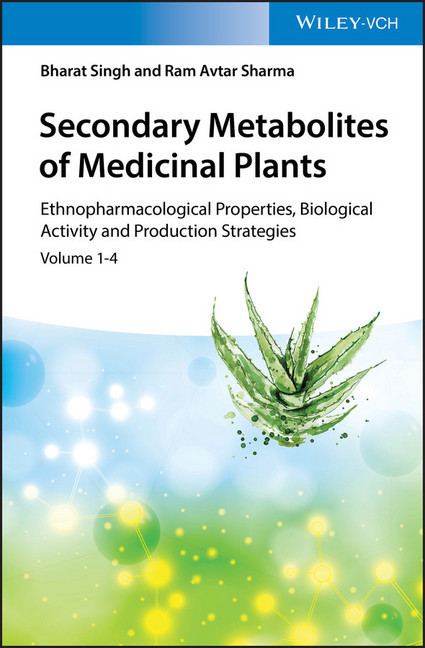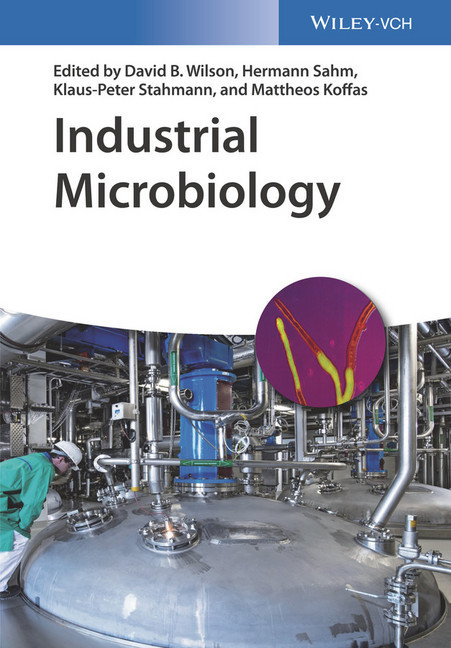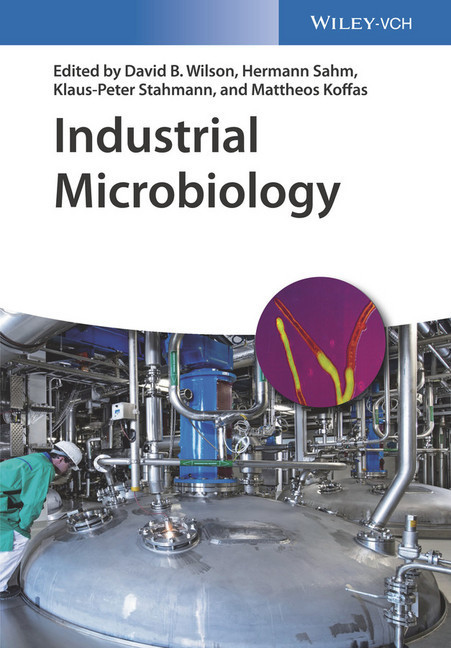Synthetic Biology
A review of the interdisciplinary field of synthetic biology, from genome design to spatial engineering.
Written by an international panel of experts, Synthetic Biology draws from various areas of research in biology and engineering and explores the current applications to provide an authoritative overview of this burgeoning field. The text reviews the synthesis of DNA and genome engineering and offers a discussion of the parts and devices that control protein expression and activity. The authors include information on the devices that support spatial engineering, RNA switches and explore the early applications of synthetic biology in protein synthesis, generation of pathway libraries, and immunotherapy.
Filled with the most recent research, compelling discussions, and unique perspectives, Synthetic Biology offers an important resource for understanding how this new branch of science can improve on applications for industry or biological research.
Sang Yup Lee is Distinguished Professor at the Department of Chemical and Biomolecular Engineering at the Korea Advanced Institute of Science and Technology (KAIST).
Jens Nielsen is Professor and Director to Chalmers University of Technology, Sweden. He has received numerous Danish and international awards including the Nature Mentor Award.
Professor Gregory Stephanopoulos is the W. H. Dow Professor of Chemical Engineering at the Massachusetts Institute of Technology and Director of the MIT Metabolic Engineering Laboratory.
1;Cover;1 2;Title Page;5 3;Copyright;6 4;Contents;7 5;About the Series Editors;17 6;Part I DNA Synthesis and Genome Engineering;19 6.1;Chapter 1 Competition and the Future of Reading and Writing DNA;21 6.1.1;1.1 Productivity Improvements in Biological Technologies;21 6.1.2;1.2 The Origin of Moore's Law and Its Implications for Biological Technologies;23 6.1.3;1.3 Lessons from Other Technologies;24 6.1.4;1.4 Pricing Improvements in Biological Technologies;25 6.1.5;1.5 Prospects for New Assembly Technologies;26 6.1.6;1.6 Beyond Programming Genetic Instruction Sets;28 6.1.7;1.7 Future Prospects;28 6.1.8;References;29 6.2;Chapter 2 Trackable Multiplex Recombineering (TRMR) and Next-Generation Genome Design Technologies: Modifying Gene Expression in E. coli by Inserting Synthetic DNA Cassettes and Molecular Barcodes;33 6.2.1;2.1 Introduction;33 6.2.2;2.2 Current Recombineering Techniques;34 6.2.2.1;2.2.1 Recombineering Systems;35 6.2.2.2;2.2.2 Current Model of Recombination;35 6.2.3;2.3 Trackable Multiplex Recombineering;37 6.2.3.1;2.3.1 TRMR and T2RMR Library Design and Construction;37 6.2.3.2;2.3.2 Experimental Procedure;41 6.2.3.3;2.3.3 Analysis of Results;42 6.2.4;2.4 Current Challenges;43 6.2.4.1;2.4.1 TRMR and T2RMR are Currently Not Recursive;44 6.2.4.2;2.4.2 Need for More Predictable Models;44 6.2.5;2.5 Complementing Technologies;45 6.2.5.1;2.5.1 MAGE;45 6.2.5.2;2.5.2 CREATE;45 6.2.6;2.6 Conclusions;46 6.2.7;Definitions;46 6.2.8;References;47 6.3;Chapter 3 Site-Directed Genome Modification with Engineered Zinc Finger Proteins;51 6.3.1;3.1 Introduction to Zinc Finger DNA-Binding Domains and Cellular Repair Mechanisms;51 6.3.1.1;3.1.2 Homologous Recombination;52 6.3.1.2;3.1.3 Non-homologous End Joining;53 6.3.2;3.2 Approaches for Engineering or Acquiring Zinc Finger Proteins;54 6.3.2.1;3.2.1 Modular Assembly;55 6.3.2.2;3.2.2 OPEN and CoDA Selection Systems;55 6.3.2.3;3.2.3 Purchase via Commercial Avenues;56 6.3.3;3.3 Genome Modification with Zinc Finger Nucleases;56 6.3.4;3.4 Validating Zinc Finger Nuclease-Induced Genome Alteration and Specificity;58 6.3.5;3.5 Methods for Delivering Engineered Zinc Finger Nucleases into Cells;59 6.3.6;3.6 Zinc Finger Fusions to Transposases and Recombinases;59 6.3.7;3.7 Conclusions;60 6.3.8;References;61 6.4;Chapter 4 Rational Efforts to Streamline the Escherichia coli Genome;67 6.4.1;4.1 Introduction;67 6.4.2;4.2 The Concept of a Streamlined Chassis;68 6.4.3;4.3 The E. coli Genome;69 6.4.4;4.4 Random versus Targeted Streamlining;72 6.4.5;4.5 Selecting Deletion Targets;73 6.4.5.1;4.5.1 General Considerations;73 6.4.5.1.1;4.5.1.1 Naturally Evolved Minimal Genomes;73 6.4.5.1.2;4.5.1.2 Gene Essentiality Studies;73 6.4.5.1.3;4.5.1.3 Comparative Genomics;74 6.4.5.1.4;4.5.1.4 In silico Models;74 6.4.5.1.5;4.5.1.5 Architectural Studies;74 6.4.5.2;4.5.2 Primary Deletion Targets;75 6.4.5.2.1;4.5.2.1 Prophages;75 6.4.5.2.2;4.5.2.2 Insertion Sequences (ISs);75 6.4.5.2.3;4.5.2.3 Defense Systems;75 6.4.5.2.4;4.5.2.4 Genes of Unknown and Exotic Functions;76 6.4.5.2.5;4.5.2.5 Repeat Sequences;76 6.4.5.2.6;4.5.2.6 Virulence Factors and Surface Structures;76 6.4.5.2.7;4.5.2.7 Genetic Diversity-Generating Factors;77 6.4.5.2.8;4.5.2.8 Redundant and Overlapping Functions;77 6.4.6;4.6 Targeted Deletion Techniques;77 6.4.6.1;4.6.1 General Considerations;77 6.4.6.2;4.6.2 Basic Methods and Strategies;78 6.4.6.2.1;4.6.2.1 Circular DNA-Based Method;78 6.4.6.2.2;4.6.2.2 Linear DNA-Based Method;80 6.4.6.2.3;4.6.2.3 Strategy for Piling Deletions;80 6.4.6.2.4;4.6.2.4 New Variations on Deletion Construction;81 6.4.7;4.7 Genome-Reducing Efforts and the Impact of Streamlining;82 6.4.7.1;4.7.1 Comparative Genomics-Based Genome Stabilizationand Improvement;82 6.4.7.2;4.7.2 Genome Reduction Based on Gene Essentiality;84 6.4.7.3;4.7.3 Complex Streamlining Efforts Based on Growth Properties;85 6.4.7.4;4.7.4 Additional Genome Reduction Studies;86 6.4.8;4.8 Selected Research Applications of Streamlined-Genome E. coli;86 6.4.8.1;4.
Smolke, Christina
Lee, Sang Yup
Nielsen, Jens
Stephanopoulos, Gregory
| ISBN | 9783527688081 |
|---|---|
| Artikelnummer | 9783527688081 |
| Medientyp | E-Book - PDF |
| Copyrightjahr | 2018 |
| Verlag | Wiley-Blackwell |
| Umfang | 432 Seiten |
| Sprache | Englisch |
| Kopierschutz | Adobe DRM |

